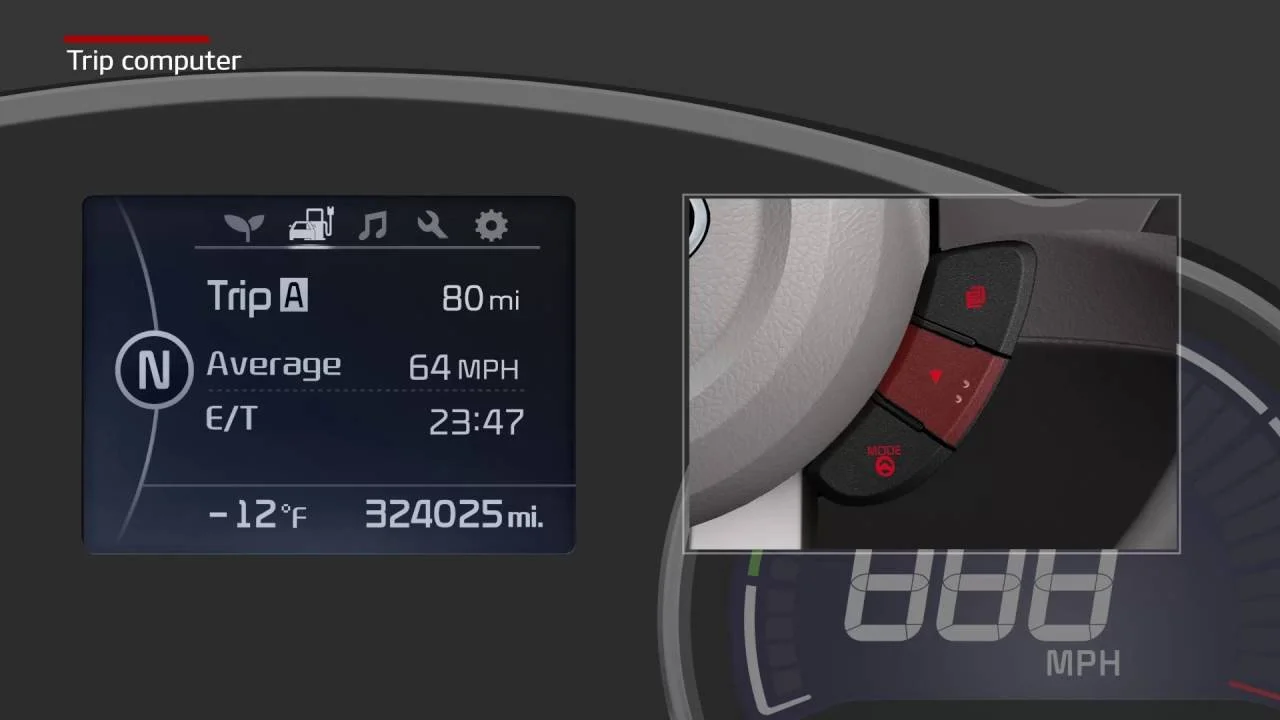Trip Meter Functionality
Unveiling the Journey: Trip Meter Functionality and its Automotive Symphony
Embark on a journey to comprehend the nuanced functionality of trip meters, those unassuming yet vital features that lend precision to tracking individual journeys. Delve into the benefits of having multiple trip odometers, seamlessly recording distances over specific periods. Let's explore this automotive symphony that goes beyond mere mileage counting.
The Evolution of Trip Computers: Beyond Mere Mileage
Trip computers, once a rarity, have evolved into integral components of modern vehicles. The first mechanical trip computers, like the Halda Speedpilot from the 1950s, were born out of a necessity to help drivers maintain schedules, especially in rallying. Fast forward to the present, and these systems have become sophisticated, offering a gamut of functionalities that extend well beyond tracking distance.
Versatility in Functions: From Average Speed to Real-Time Data
The trip computers of today are versatile, offering an array of functions such as recording distance traveled, average speed, average fuel consumption, and real-time fuel consumption. The journey from basic to complex is evident, with mid-range versions incorporating details on fuel, speed, distance, cardinal heading (compass), and elapsed time. High-end vehicles boast advanced trip computers with features like average calculations for two drivers, a stopwatch, tire-pressure information, and over-speed warnings.
Display Diversity: From Clusters to Screens
Trip computer displays are diverse, finding their place in the gauge cluster, dashboard or navigation-system screen, or an overhead console. Some even provide information about scheduled maintenance, reminding drivers of impending service needs. Manufacturers like Mercedes-Benz take it a step further, monitoring oil quality and notifying drivers when a change is due.
Diagnostic Insights: Beyond Mileage Tracking
Beyond tracking mileage, some trip computers serve as diagnostic tools, displaying the diagnostic codes that mechanics use. This becomes particularly useful when a mechanic needs real-time information while driving the car. Innovations like the ScanGauge have taken this a step further, offering not only trip computer features but also serving as a diagnostic trouble-code reader with 12 different measurements.
DIY Adventures: OBDuino and Open Source Possibilities
In the realm of do-it-yourself (DIY) adventures, the OBDuino project stands out. It introduced a low-cost DIY trip computer design using the OBDII interface and the Arduino hobbyist microcontroller platform, released under the GPL open-source license. This highlights the intersection of technology and creativity, where enthusiasts can craft their trip computer systems.
As we navigate the intricacies of trip meter functionality, it's evident that these unassuming features play a pivotal role in enhancing the driving experience. Stay tuned as we unravel more layers of automotive technology, each contributing to the symphony that is your vehicle.


